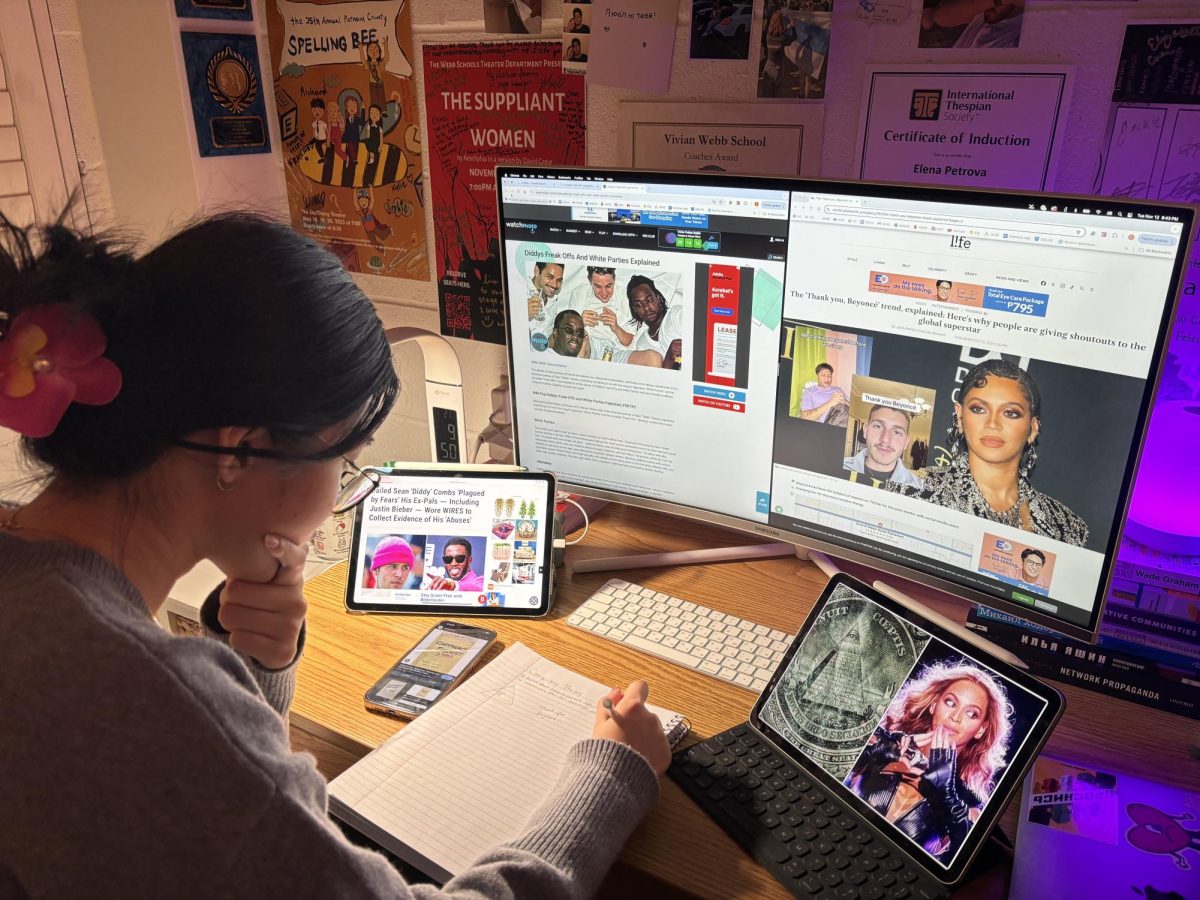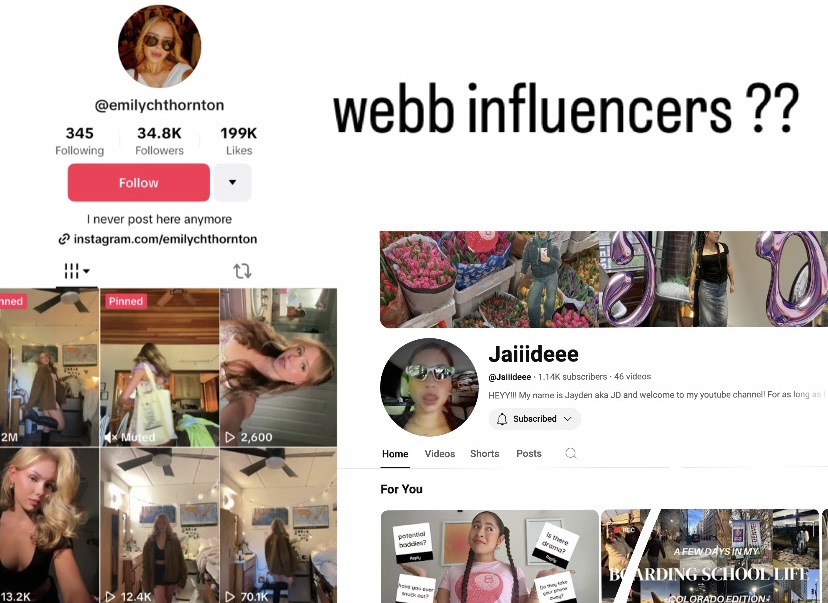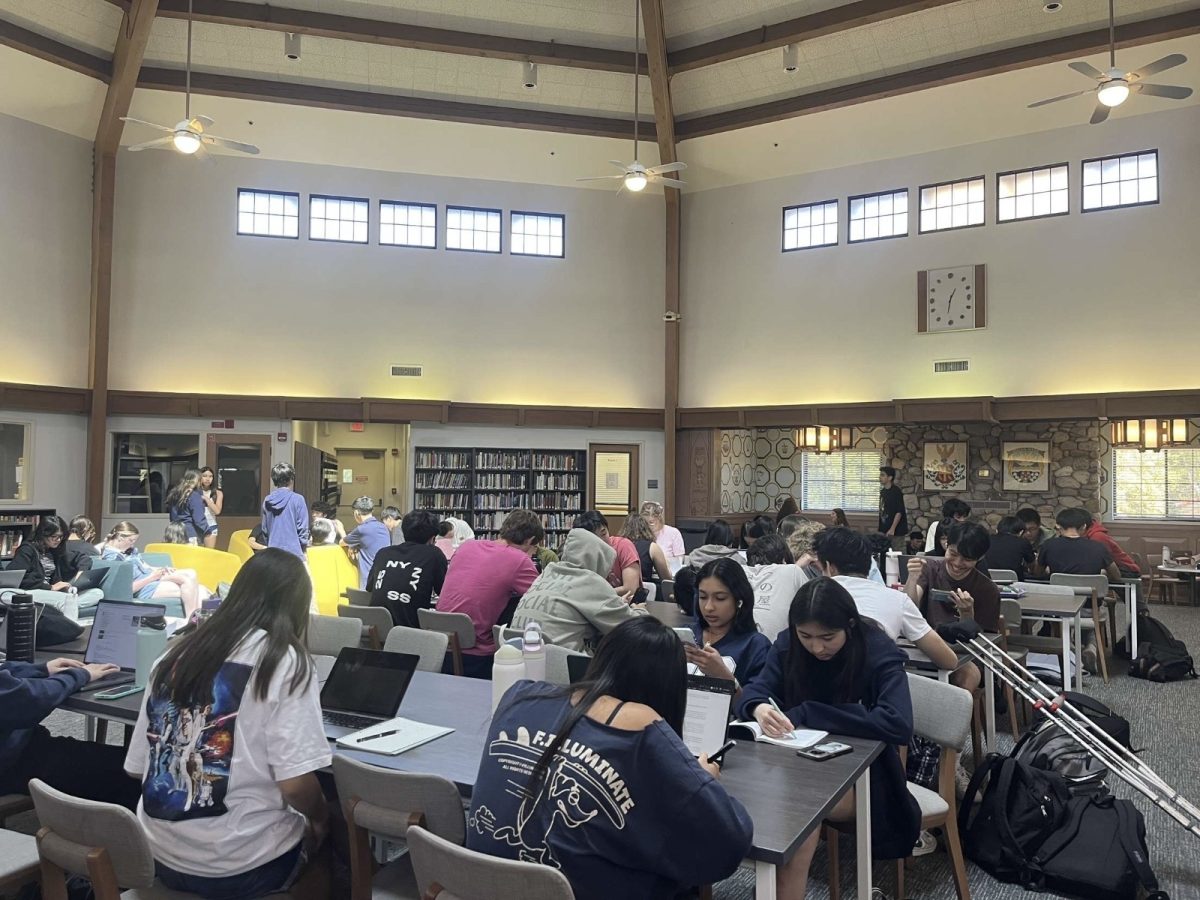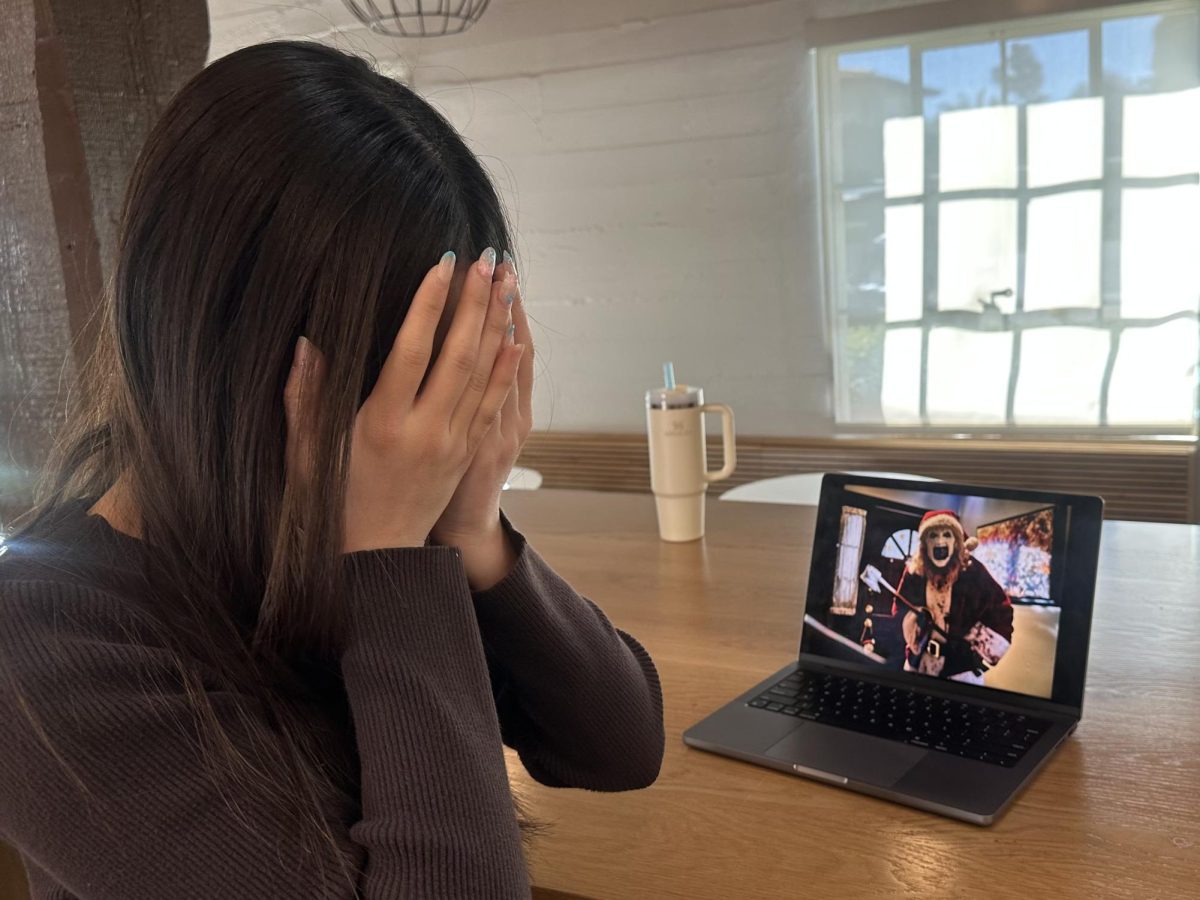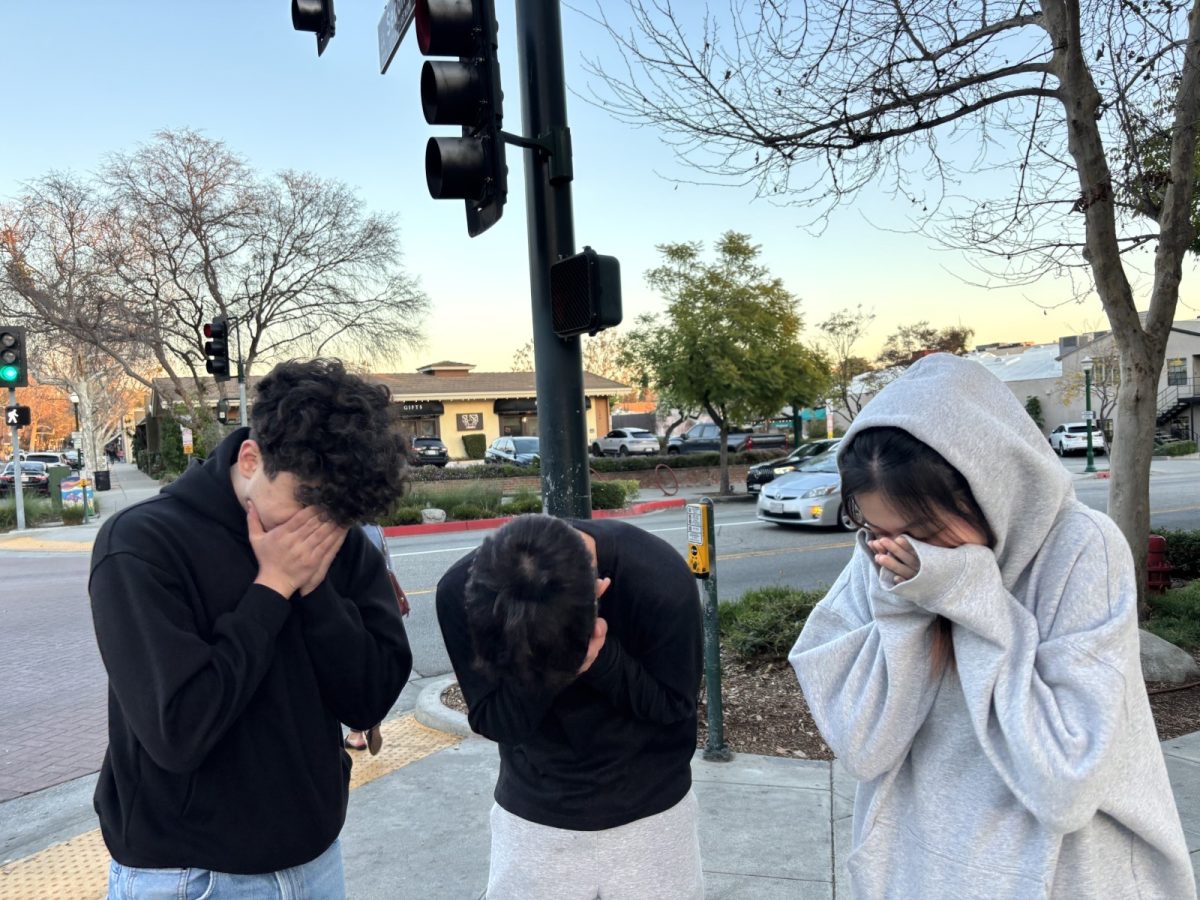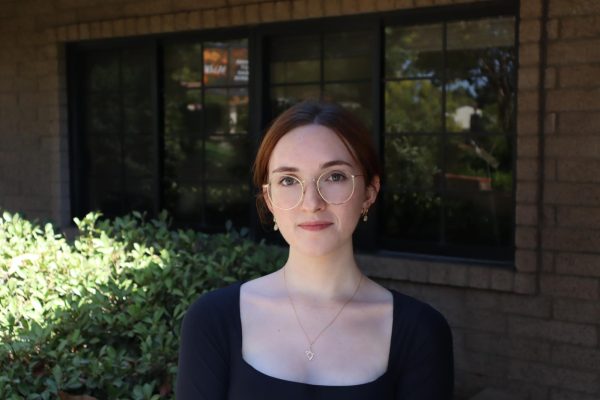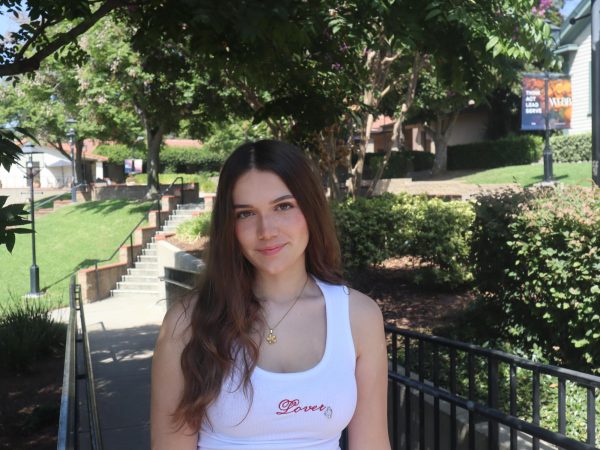In today’s media-saturated world, the line between fact and fiction is easily blurred — especially when it comes to celebrities. Sean “P. Diddy” Combs, a hip-hop legend and media mogul, spent decades in the spotlight; yet, in recent months, his fame has shifted from his musical and business achievements to a series of dark allegations that dominate headlines. As new stories emerge, painting a far grimmer picture of his legacy, it is hard to tell what is real and what is pure conspiracy.
On September 16th, 2024, Diddy was arrested on charges of racketeering conspiracy and sex trafficking, following a months-long investigation that included a raid on his home in March. According to prosecutors, Diddy allegedly used his business empire as a cover for extensive criminal activities, ranging from trafficking to intimidation and cover-ups.
As the accusations mounted, so did theories claiming he might be involved in a web of hidden crimes and dark secrets.
Some speculate he had ties to the deaths of stars like Tupac Shakur; others point to resurfaced footage of a young Justin Bieber with Diddy, fueling rumors of inappropriate behavior though no evidence has substantiated these claims.
“I think celebrity conspiracies definitely impact the celebrities involved,” Berklee Antecol (‘25) said. “I have also noticed that it affects other celebrities they are close with, such as how the P. Diddy conspiracy got Beyoncé involved in, especially on platforms such as TikTok.”
Theories even extend to the Grammys, with speculation that artists who beat out Beyoncé face “punishment,” citing Ye’s defense of Taylor Swift and Bieber’s support for Billie Eilish.
If you are shaking your head, thinking, “Wow, people actually believe this?” you might want to hold back on the judgment. Belief in conspiracy theories is often rooted in psychology and the workings of the human brain.
“It’s innate in humans to want simple stories and to oversimplify, and conspiracy theories allow us to oversimplify and forget nuance,” said Stefanie Graefe, humanities department faculty.
If we want to fight conspiracy theories, we need to understand why people believe in them. Here are three main reasons our brains fall for conspiracy theories.
- Patternicity
Humans are wired to look for patterns and meanings, even where none exist. The classical illusion that explains this phenomenon is the Kanizsa Square and Triangle visual illusion: three black circles with wedges cut out together create an illusion of a white triangle, which is not really there. Our brain sees patterns and completes the picture with the white triangle.

This phenomenon, called “patternicity,” occurs when the brain tries to make sense of complex or random information by finding connections. This way, many conspiracies around Diddy are also built on tying vague or mysterious details together.
After rumors of P. Diddy’s influence over Beyoncé’s success spread, TikTok users began noticing that many of today’s top celebrities frequently mention or thank Beyonce during major award shows, even when she does not win; this sparked further speculation, with some believing there is a deeper, more mysterious story behind why so many stars seem to be linked to her in these moments.
With official information being scarce or hidden, people created narratives that explain Grammy outcomes as being controlled by secret powers behind the music industry — which helps them explain Beyoncé and her dominance in the industry. This is a prime example of how our brains fill in gaps, even when there’s no solid evidence, to make sense of high-profile events. Did J Cole write the song “She Knows” about cheating in a relationship, or maybe is he secretly trying to tell us that Beyoncé is the Illuminati?
“We are natural storytellers, and we want to have a simple story with good and bad actors to explain complex events,” Ms. Graefe said.
- Proportionality bias
Another psychological factor that makes us more vulnerable to conspiracy thinking is proportionality bias: when something big and important happens, we assume the cause must also be big and significant.
Conspiracies often arise around big events and figures, like the deaths of The Notorious B.I.G. and Tupac. Even though there is no real evidence linking Diddy to their murders, people look at such industry feuds and think there is something deeper going on; because Tupac and Biggie’s deaths are huge events, it feels like the cause must also be something big and intentional.
- Social media influence
With an increasing number of Americans turning to social media platforms for their news, it is widely believed that misinformation and conspiracy theories have proliferated. Research supports this fact, showing that social media is fertile ground for spreading misinformation with users who consume news through social media more likely to be misinformed on crucial issues such as vaccines.
“Social media is used to ‘feed’ people the information they want,” Berklee said. “It becomes almost a trend to join in on talking about it.”
However, conspiracy theories are not a new phenomenon introduced by social media. Conspiracy theories have been a persistent feature throughout history from ancient anti-Semitic myths to modern claims about fluoride in water or vaccine-caused autism.
Despite the advent of social media, scholar Joe Yasinski argues that the prevalence of conspiracy beliefs remains relatively constant, though there seems to be a notable asymmetry in how they are propagated by different political spectrums in today’s era. So, while social media exacerbates the spread of conspiracies, it is not their root cause.
A key point to consider is the distinction between misinformation, disinformation, and conspiracy theories. Misinformation involves the unintentional spread of false information, whereas disinformation is the deliberate dissemination of lies. Conspiracy theories, however, specifically involve attributing the cause of events to a secretive and powerful group, adding a layer of complexity and secrecy to misinformation or disinformation.
“While conspiracy theories are a version of misinformation or disinformation, not all misinformation and disinformation are conspiracy theories,” Ms. Graefe said.
- So, what about Diddy?
The belief in conspiracy theories surrounding P. Diddy can, therefore, be explained through blind spots and overconfidence. For instance, Diddy’s recent legal troubles—his arrest on charges of racketeering conspiracy and sex trafficking—have sparked a renewed interest in his past, with some connecting these accusations to unresolved rumors about his involvement in high-profile deaths like Tupac’s. Even though Keefe D’s claim that Diddy offered $1 million for Tupac’s murder remains unsubstantiated, fans build on this narrative, seeing a hidden layer of criminal power in Diddy’s influence.
Additionally, longstanding rumors about Grammy manipulation to favor Beyoncé, or questionable interactions with young stars like Justin Bieber, continue to fuel suspicions of a secretive, dark side to Diddy’s legacy.
Each of these theories relies on a mix of patternicity—our brain’s urge to connect dots—and proportionality bias, making it feel as if only a major, hidden conspiracy could explain such high-profile events.
To avoid falling into the trap of conspiracy thinking, we must practice critical thinking, seek out credible sources, and be cautious about drawing conclusions based on incomplete or sensationalized information.
“For me, the biggest argument would be making sure you have ID verification on social media websites,” Ms. Graefe said. “If you’re going to propose an idea or a conspiracy, you have to be clear who you are. You can’t just throw things out there.”
By questioning sources, cross-referencing facts, and being aware of our own cognitive biases, we can better guard ourselves against misleading and unfounded beliefs.


